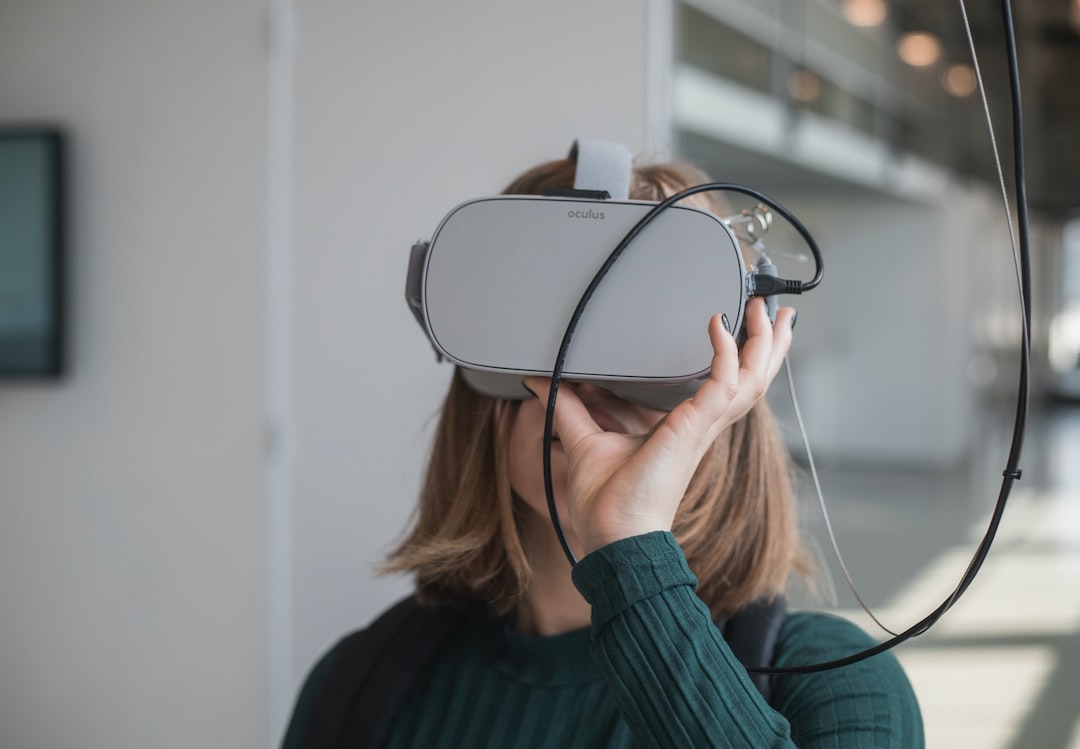Integrating Arts into STEM Education: Fostering Creativity and Innovation
STEM education, which focuses on science, technology, engineering, and mathematics, has gained immense popularity in recent years. However, some argue that this emphasis on technical subjects may neglect the development of crucial skills, such as creativity and innovation. That’s where the integration of arts (STEAM) comes into play. By incorporating arts into STEM education, we can foster a holistic approach that enhances students’ abilities to think critically, problem-solve, and imagine new possibilities.
While STEM subjects provide a solid foundation in logical reasoning and quantitative analysis, they often lack the element of creativity and imagination. By incorporating arts, which includes subjects like visual arts, music, drama, and dance, students can develop a more well-rounded skill set. They can learn to view problems from different perspectives, think outside the box, and approach challenges with innovative solutions.
One significant benefit of integrating arts into STEM education is the enhanced ability to think critically. Arts stimulate students’ thinking by encouraging them to make connections, analyze and interpret different symbols and meanings, and question the world around them. This critical thinking skill set complements the analytical nature of STEM subjects, giving students the ability to approach problems from multiple angles.
Moreover, incorporating arts into STEM education promotes interdisciplinary learning. Many real-life problems that await students in the future will require a combination of technical expertise and creative thinking. By embracing STEAM education, students learn to work collaboratively across different disciplines, leveraging the strengths of each subject to create innovative solutions. This interdisciplinary approach prepares them for the demands of the modern workplace, where teams with diverse skill sets are often required to tackle complex problems.
The integration of arts into STEM education also encourages students to embrace failure and learn from it. In STEM subjects, there is often a desire for perfection: right or wrong answers. However, in the arts, there are no right or wrong answers, only different interpretations and possibilities. By embracing this mindset, students understand that failure is a natural part of the creative process. They learn to experiment, take risks, and iterate on their ideas, fostering resilience and adaptability along the way.
Beyond academic benefits, integrating arts into STEM education also contributes to the development of well-rounded individuals. By encouraging creativity, self-expression, and emotional intelligence, students gain a deeper understanding of themselves and the world around them. They become more empathetic, flexible, and open-minded individuals, ready to face the challenges and opportunities of the future.
Furthermore, integrating arts into STEM education can enhance students’ engagement and enjoyment in learning. Many students find STEM subjects intimidating and uninteresting due to their perceived lack of creativity. However, by bringing arts into the mix, educators can make these technical subjects more relatable and enjoyable. Combining hands-on projects, artistic expression, and experimentation, students become active participants in their own learning, fostering a passion for discovery and lifelong learning.
To successfully integrate arts into STEM education, schools and institutions must provide educators with the necessary training and resources. Teachers need to explore interdisciplinary approaches, design curriculum that merges the arts and sciences, and provide opportunities for students to express themselves creatively. Additionally, partnerships between STEM and arts organizations can facilitate mentorship programs, internships, and extracurricular activities that combine technical and artistic skills.
In conclusion, integrating arts into STEM education is essential to foster creativity and innovation among students. By providing a holistic approach to learning, students develop critical thinking skills, embrace interdisciplinary learning, and become resilient problem solvers. Moreover, incorporating arts enhances engagement and enjoyment in the learning process and contributes to the development of well-rounded individuals. It is crucial for educators, schools, and institutions to embrace the integration of arts into STEM education to prepare students for the challenges of the future.

